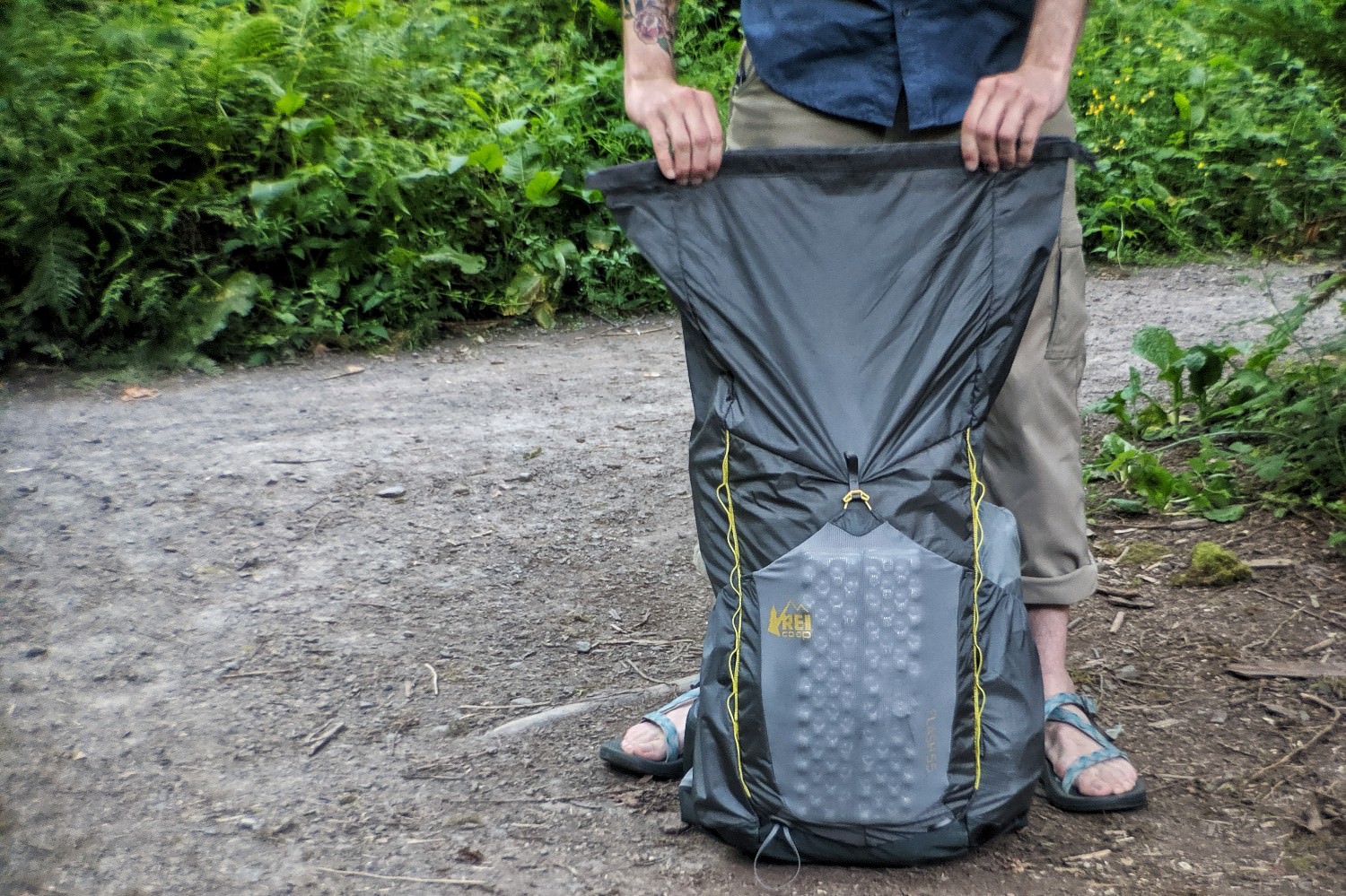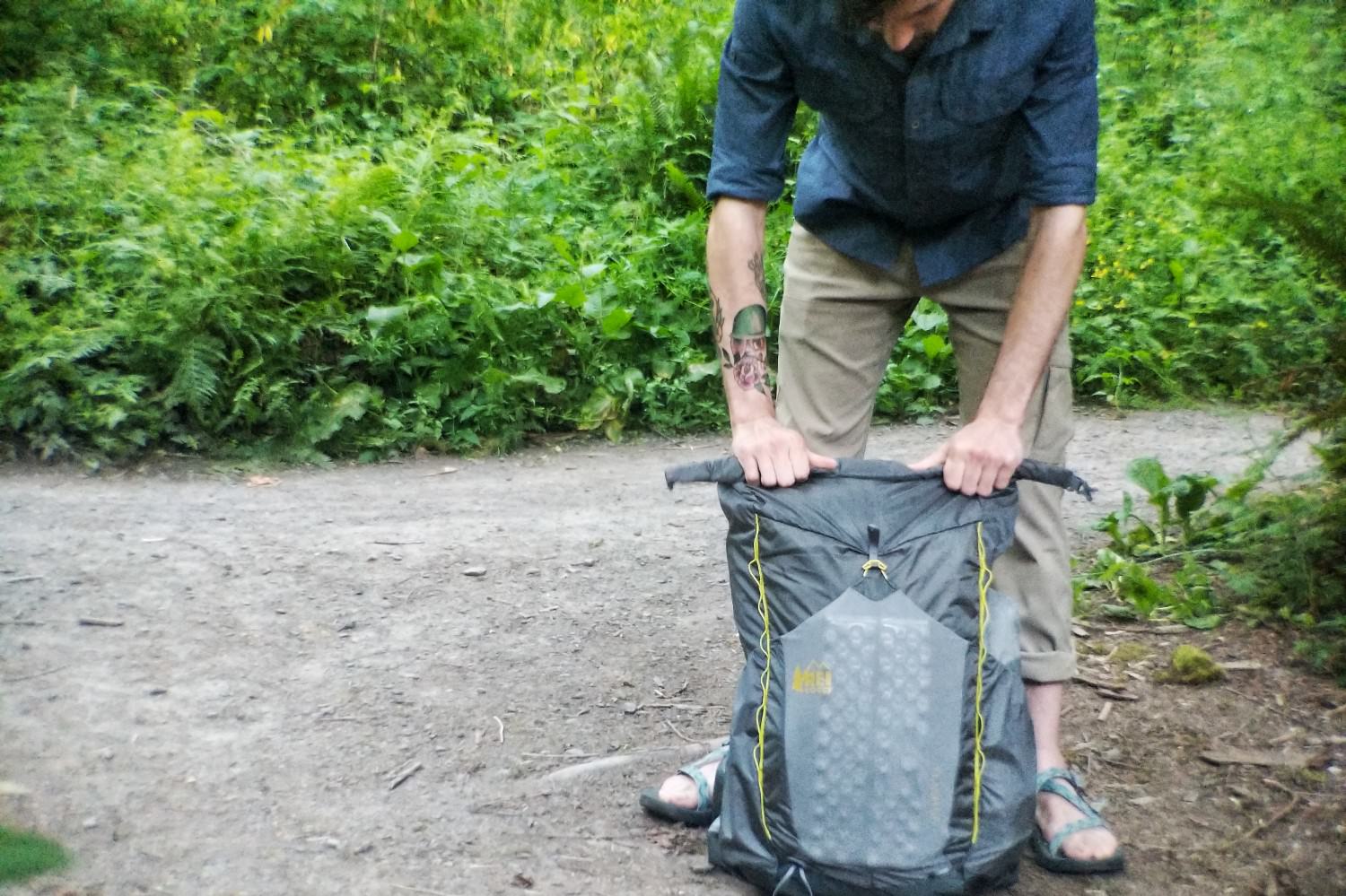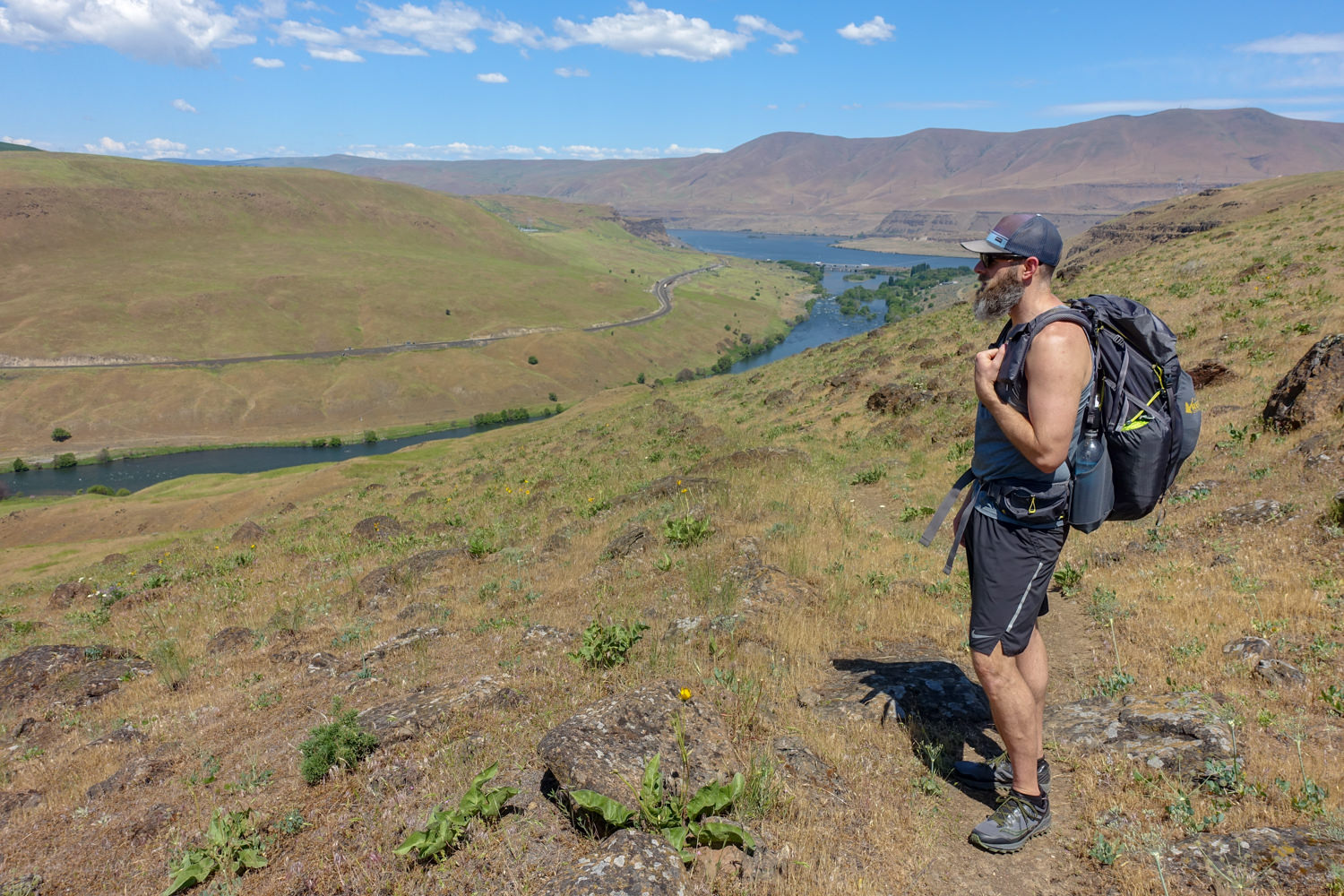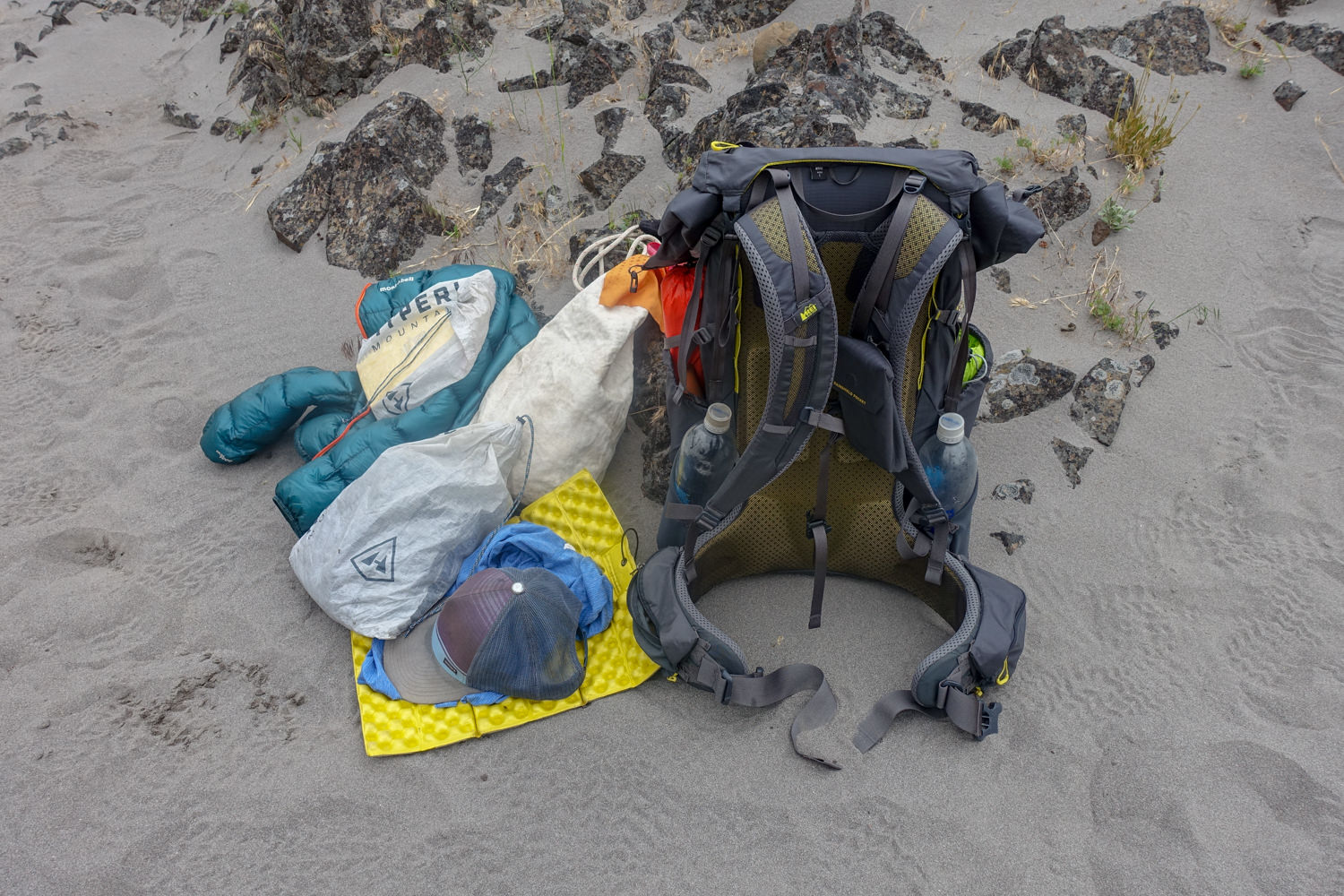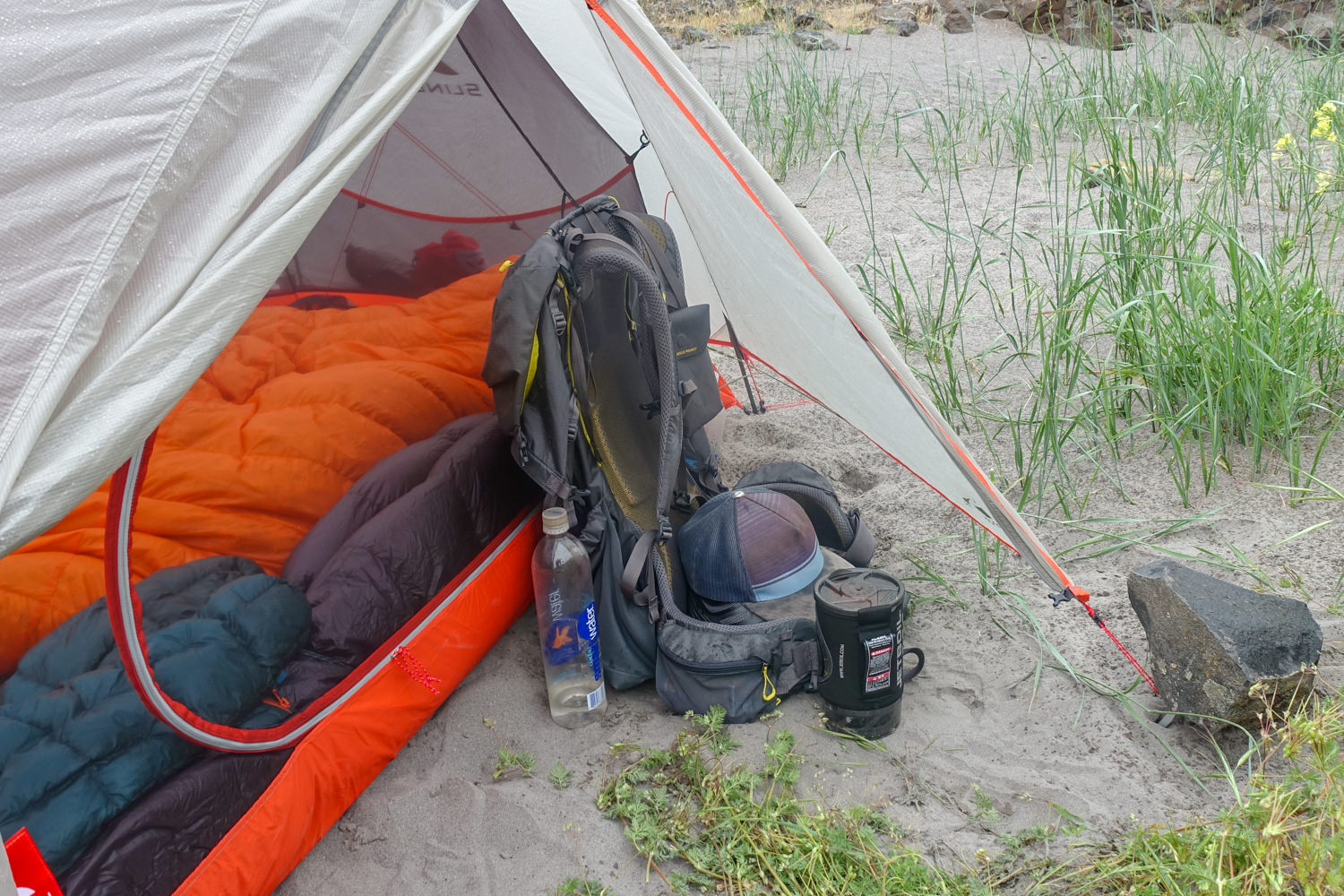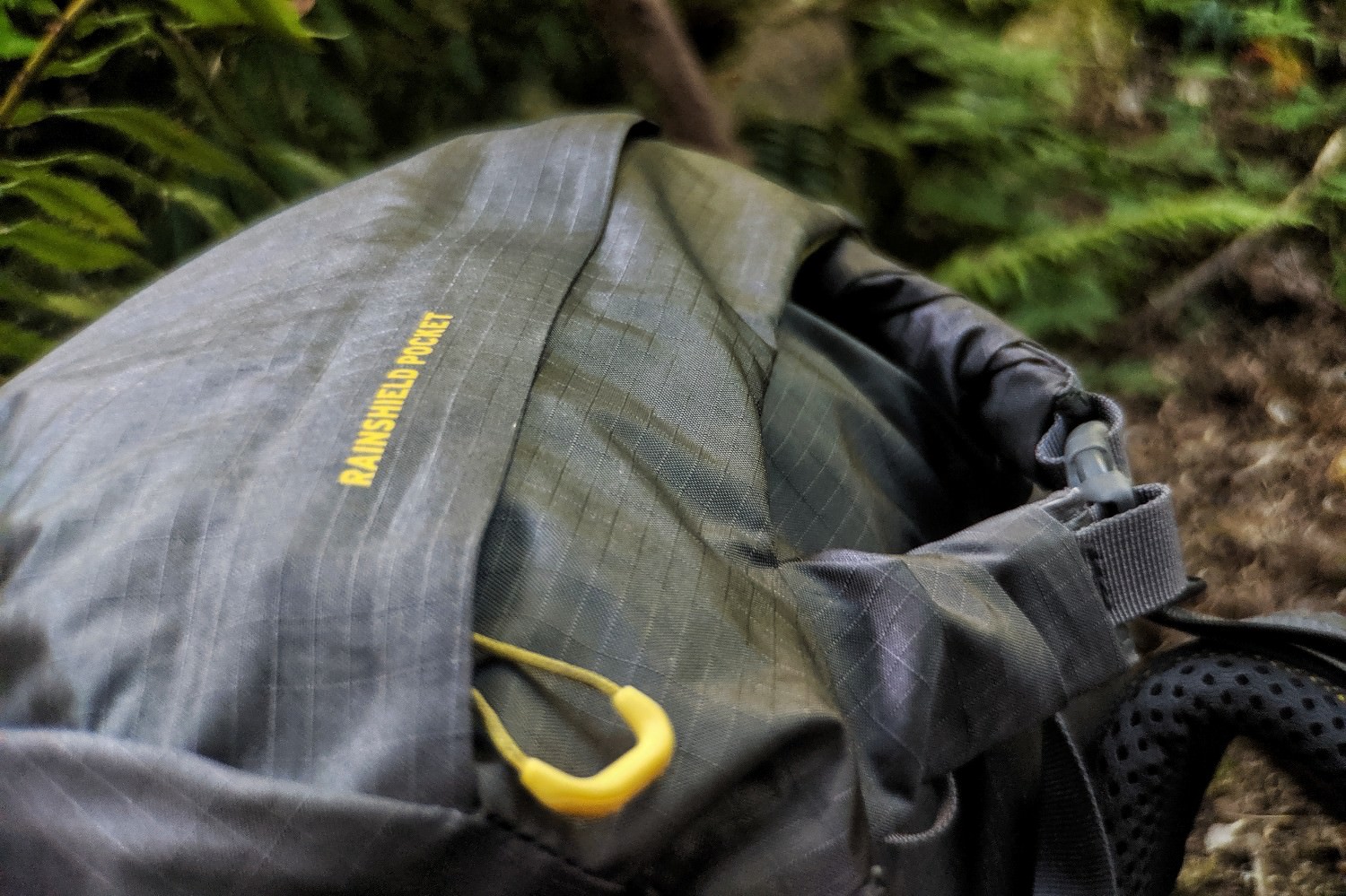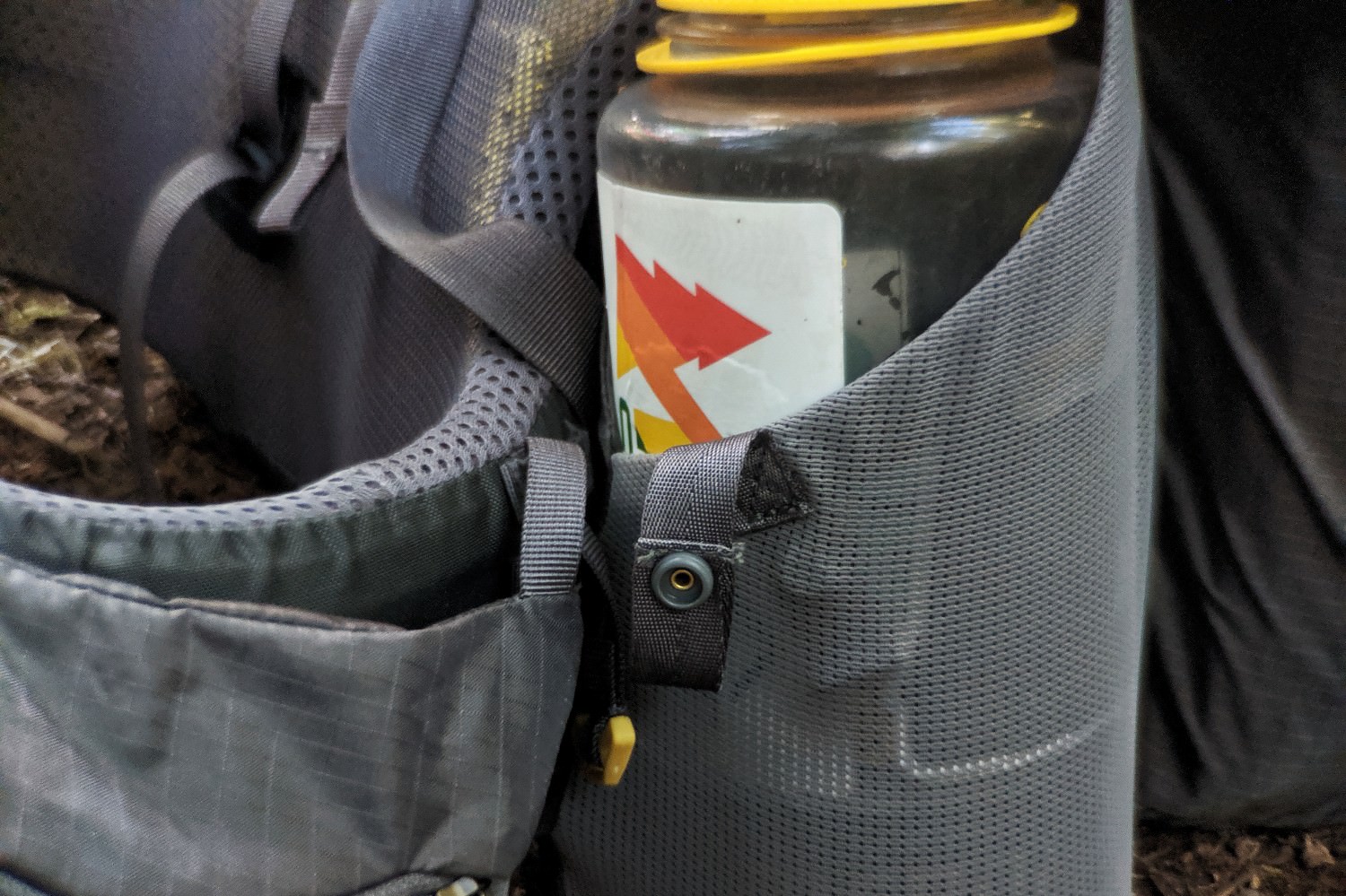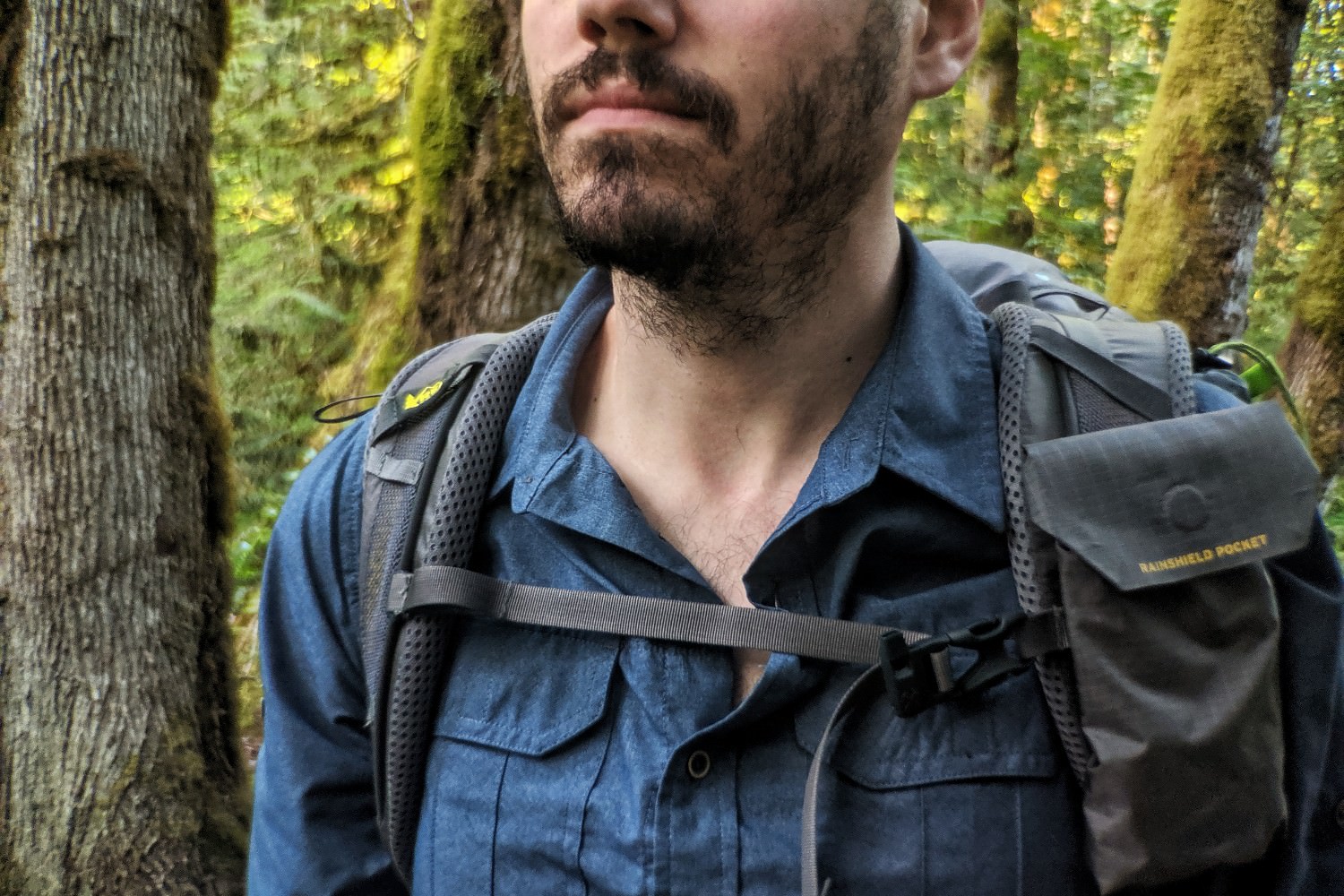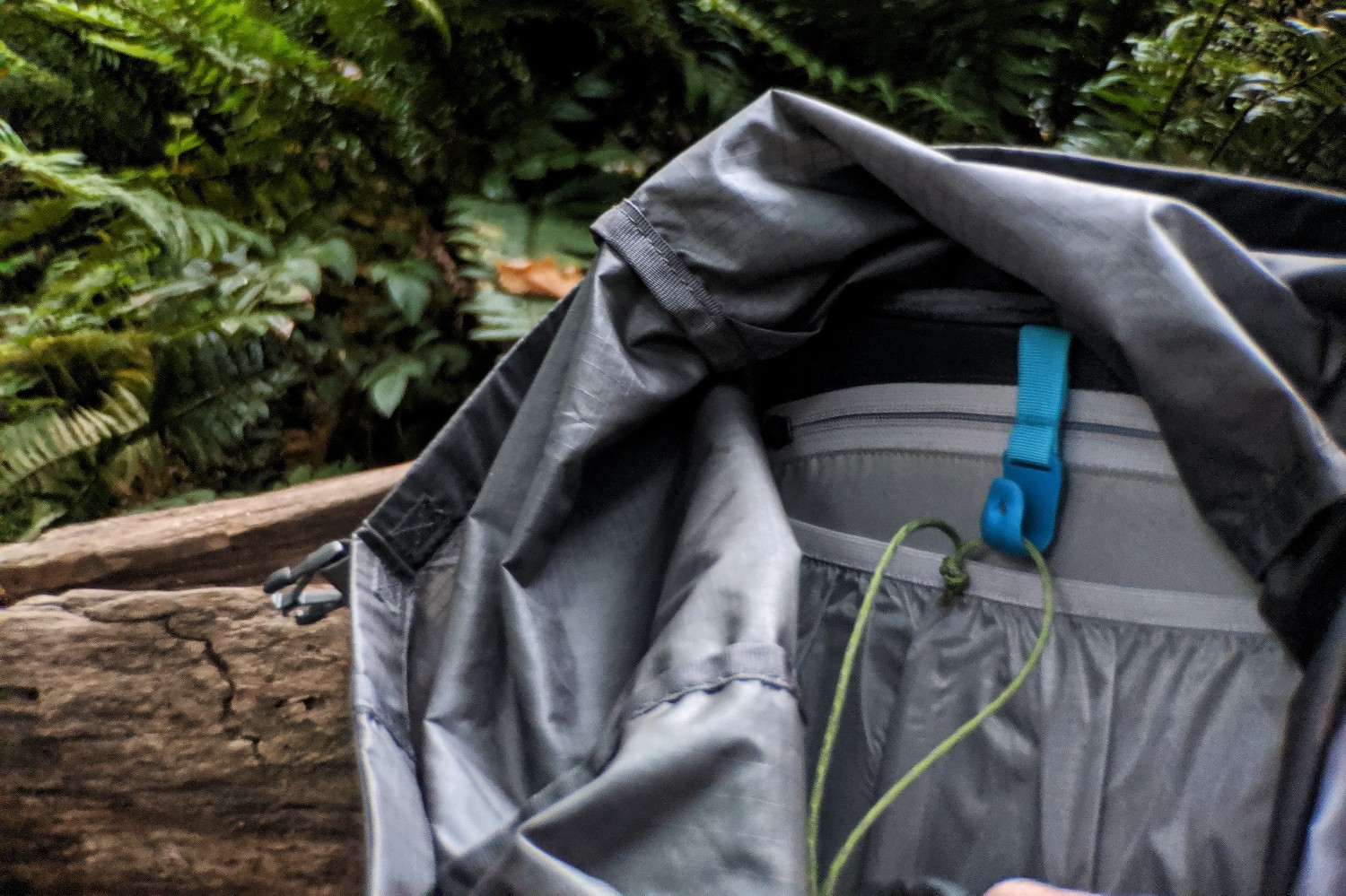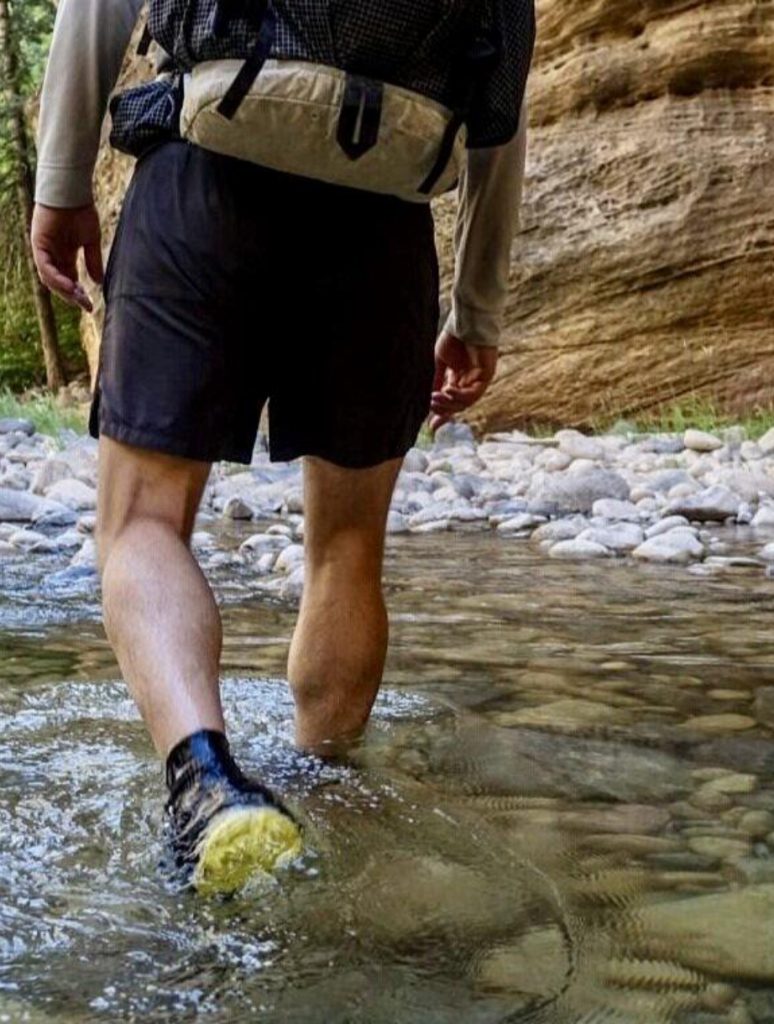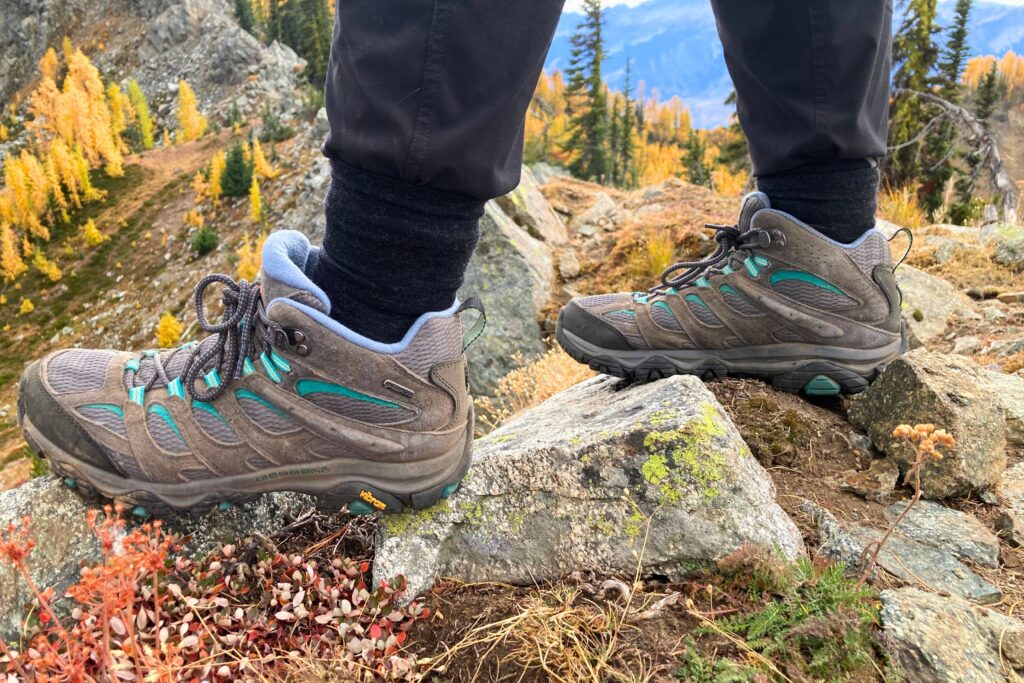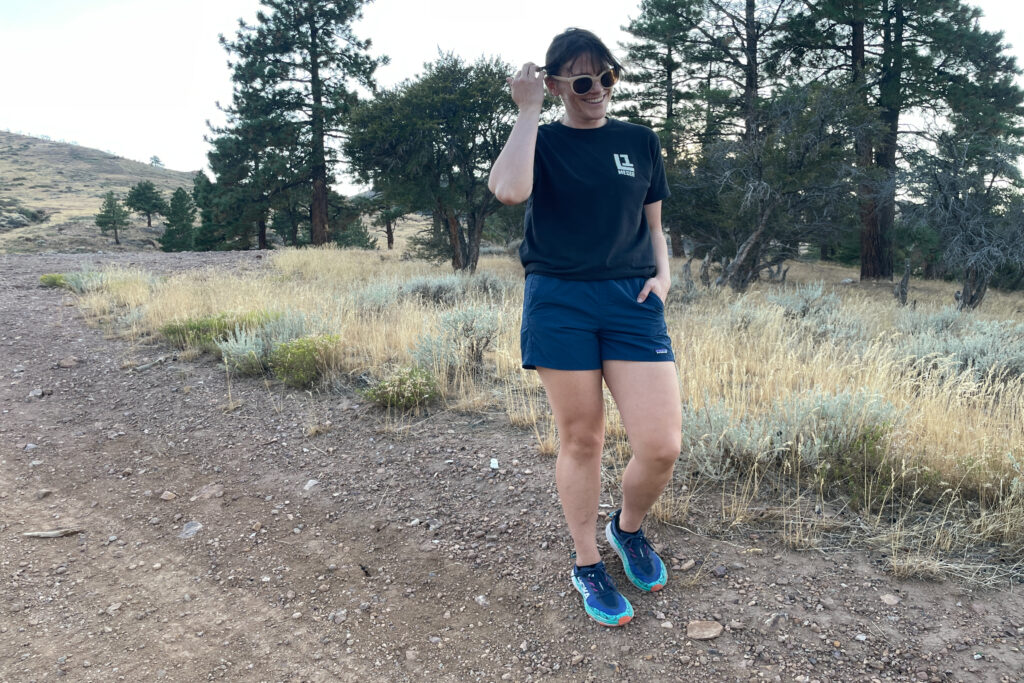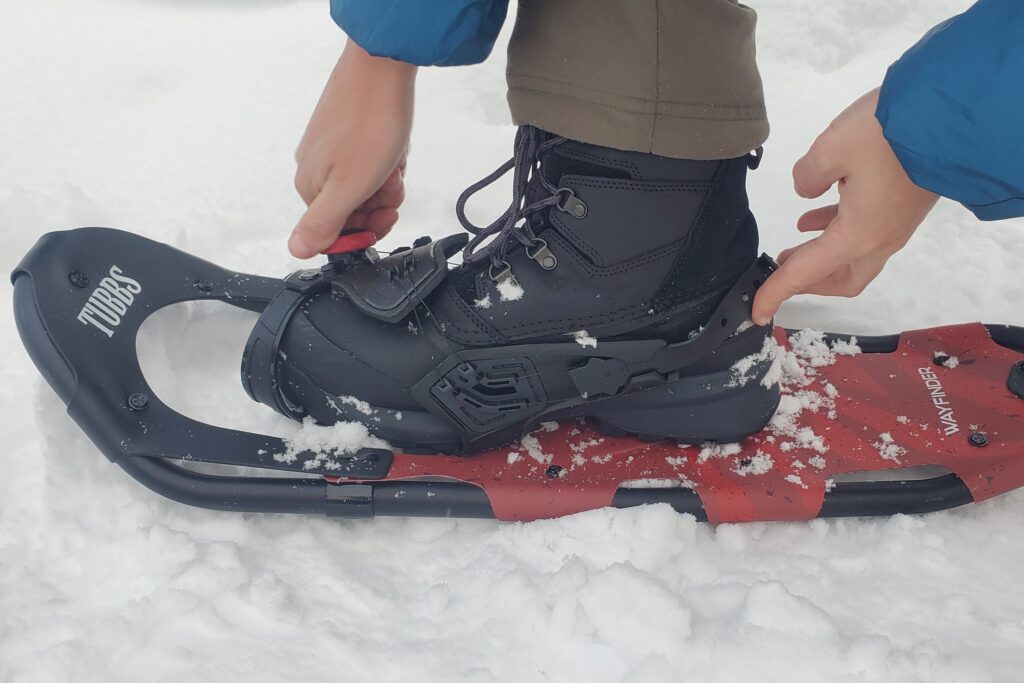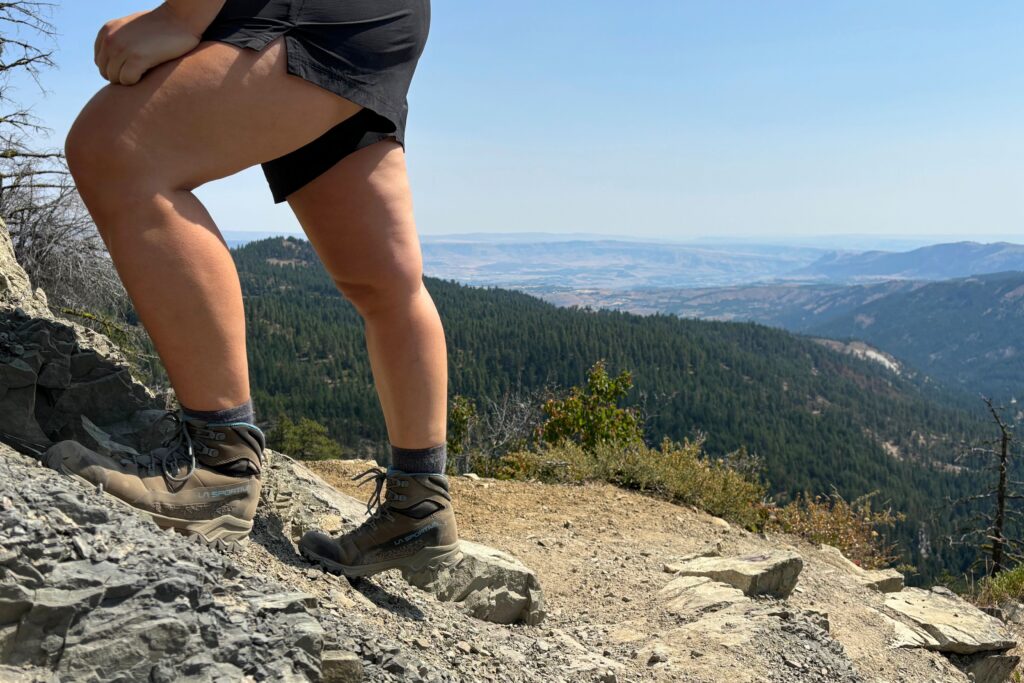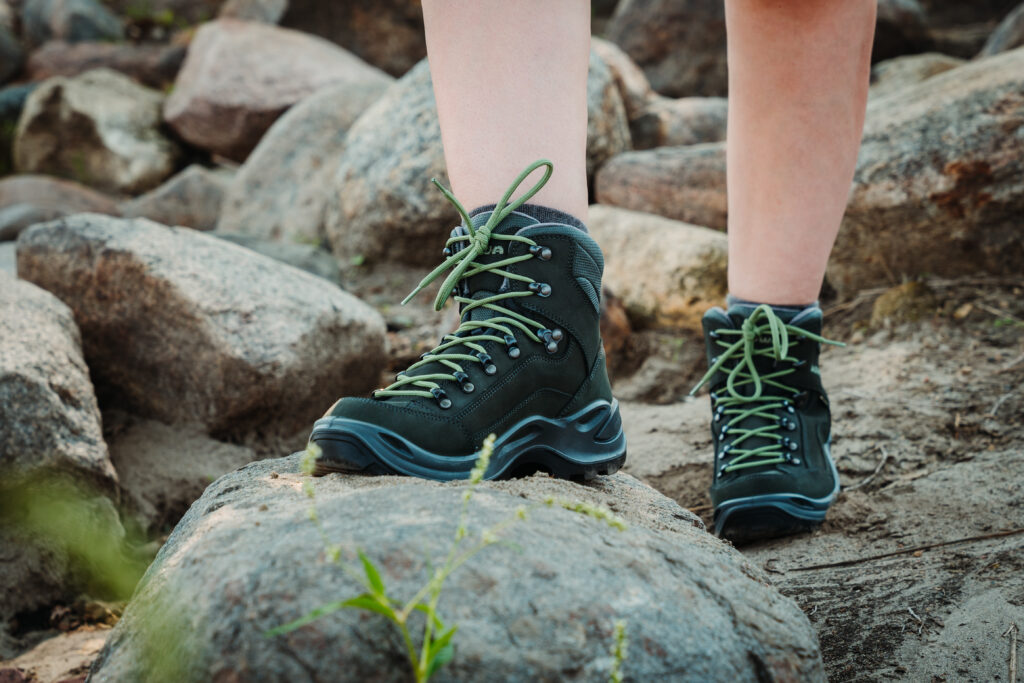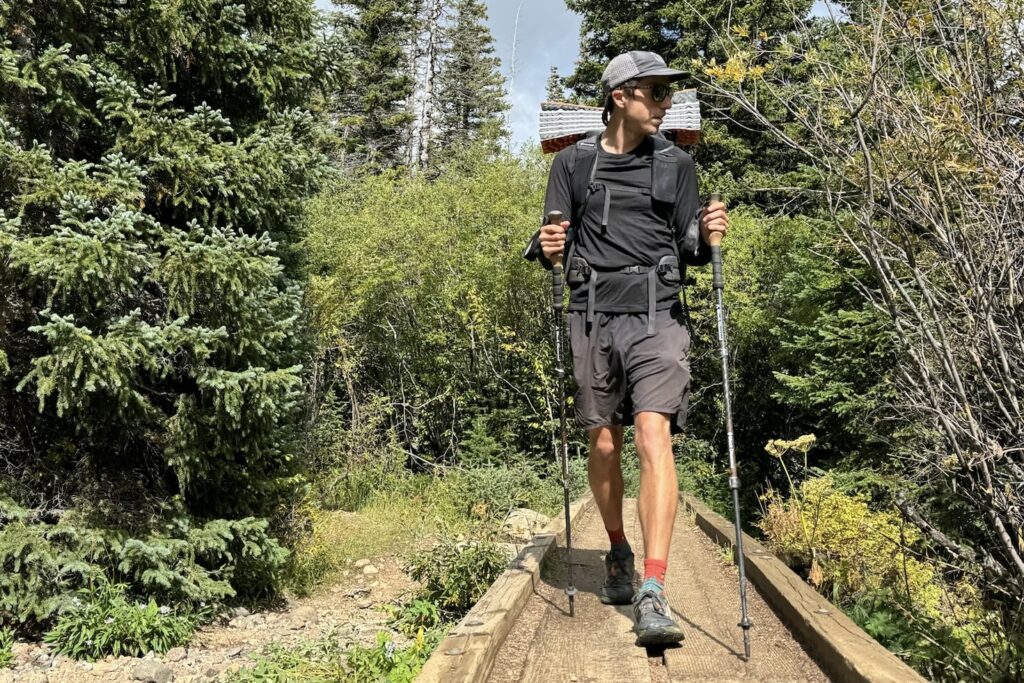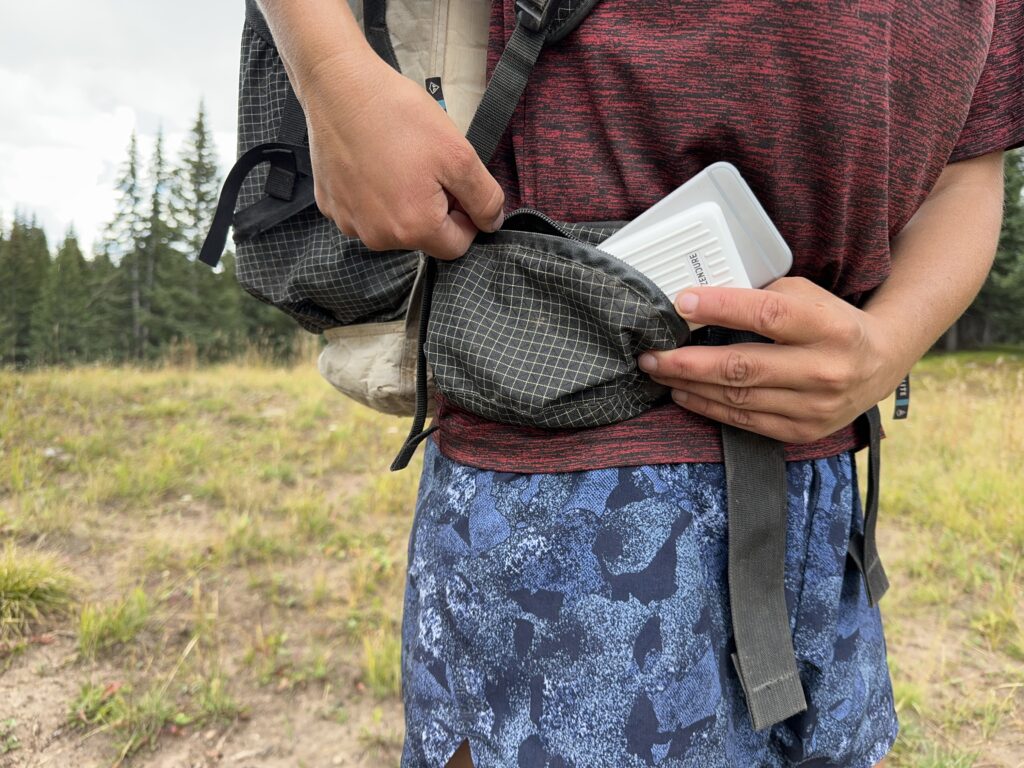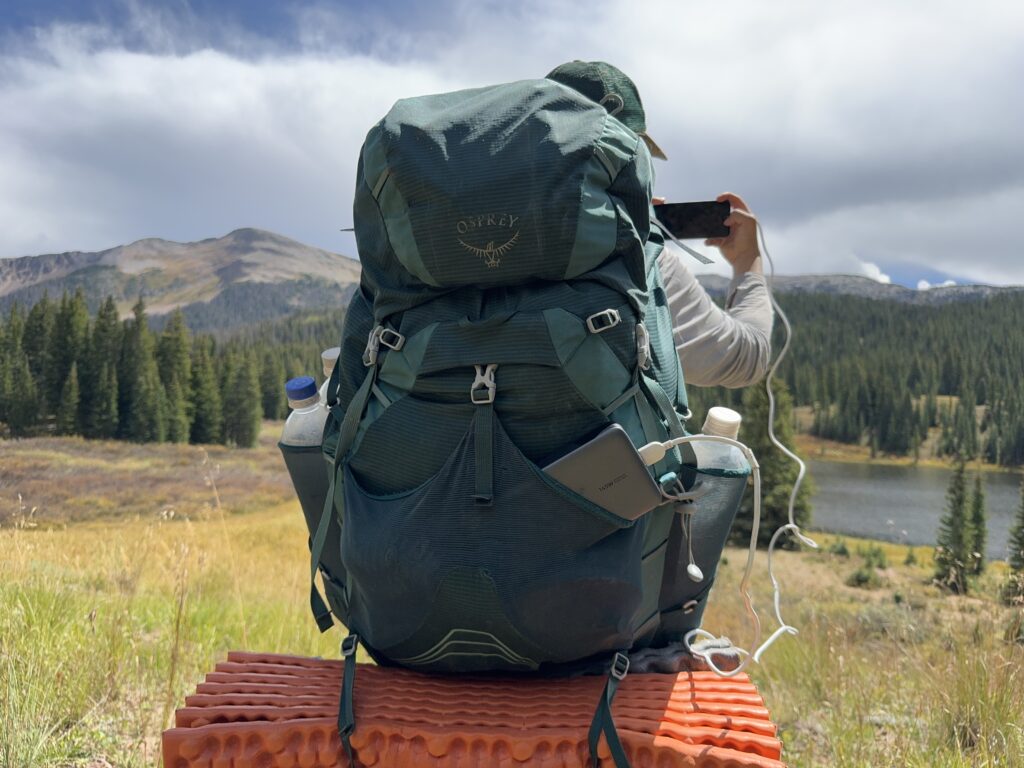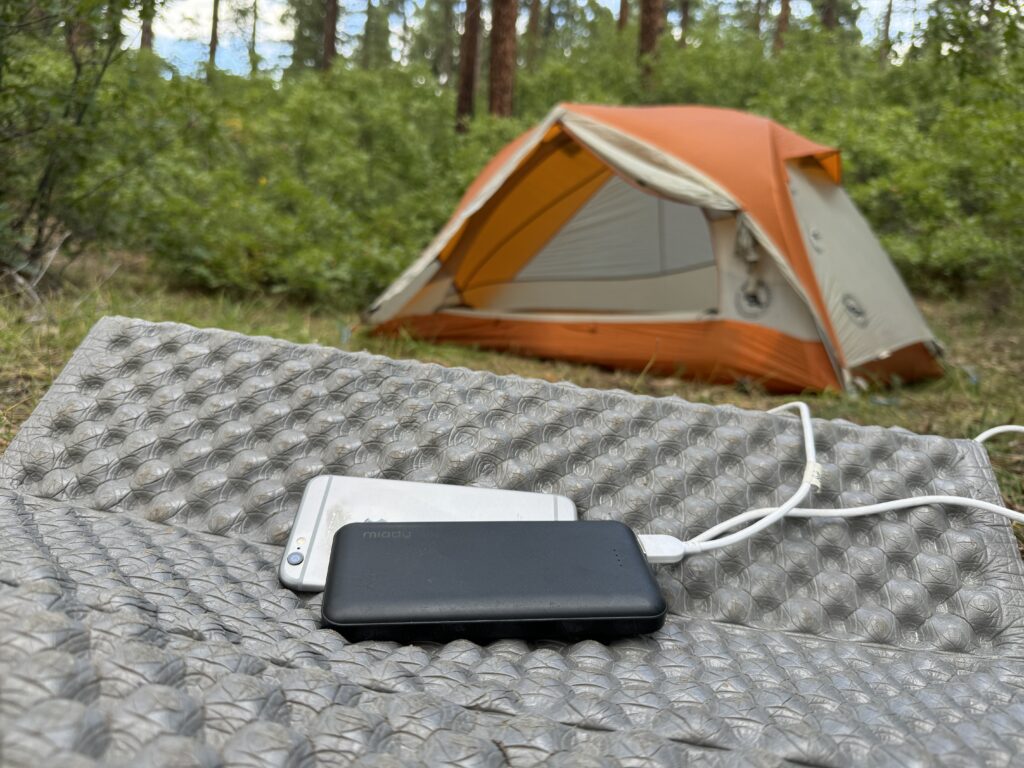The REI Co-op Flash 55 Backpack is one of the most affordable and customizable packs on the market. It boasts a lightweight design without sacrificing comfort or features, which earned it a spot on our 10 Best Lightweight Backpacks and Favorite Budget Backpacking Gear lists. This pack comes in men’s and women’s fit, as well as the more minimalist Flash 45 in men’s and women’s fit.
Table of contents
REI Co-op Flash 55 Backpack Review
We independently test everything we recommend.
Buying through links on our site supports our work.

Quick Specs
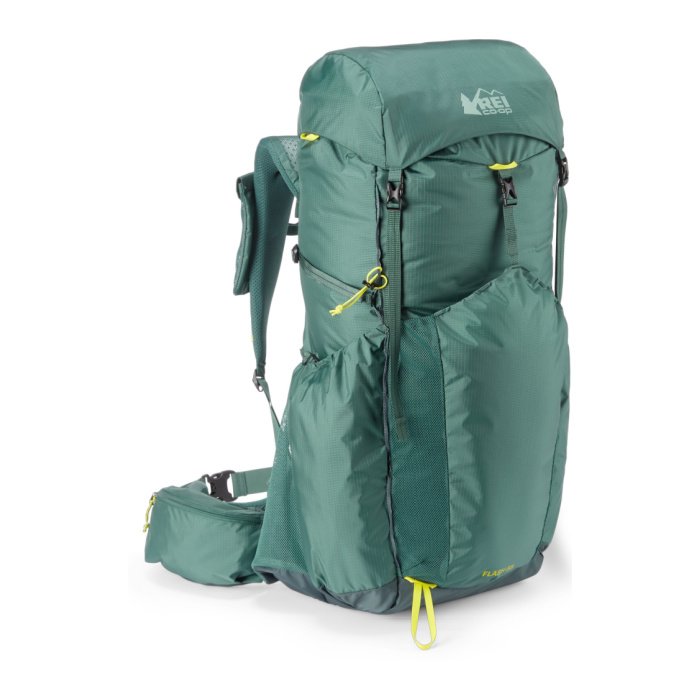
REI Flash 55
Price: $199
Weight: 2 lb. 13 oz.
Volume: 55 L
Max Weight Rec.: 30 lb.
Pros
- Affordable
- Lightweight
- Comfortable
- Good pocket organization
- Very easy to access water bottles
- Customizable
Cons
- Mesh hipbelt pocket lacks durability
- Bladder clip can snag gear
- "Rainshield" is less weather-resistant
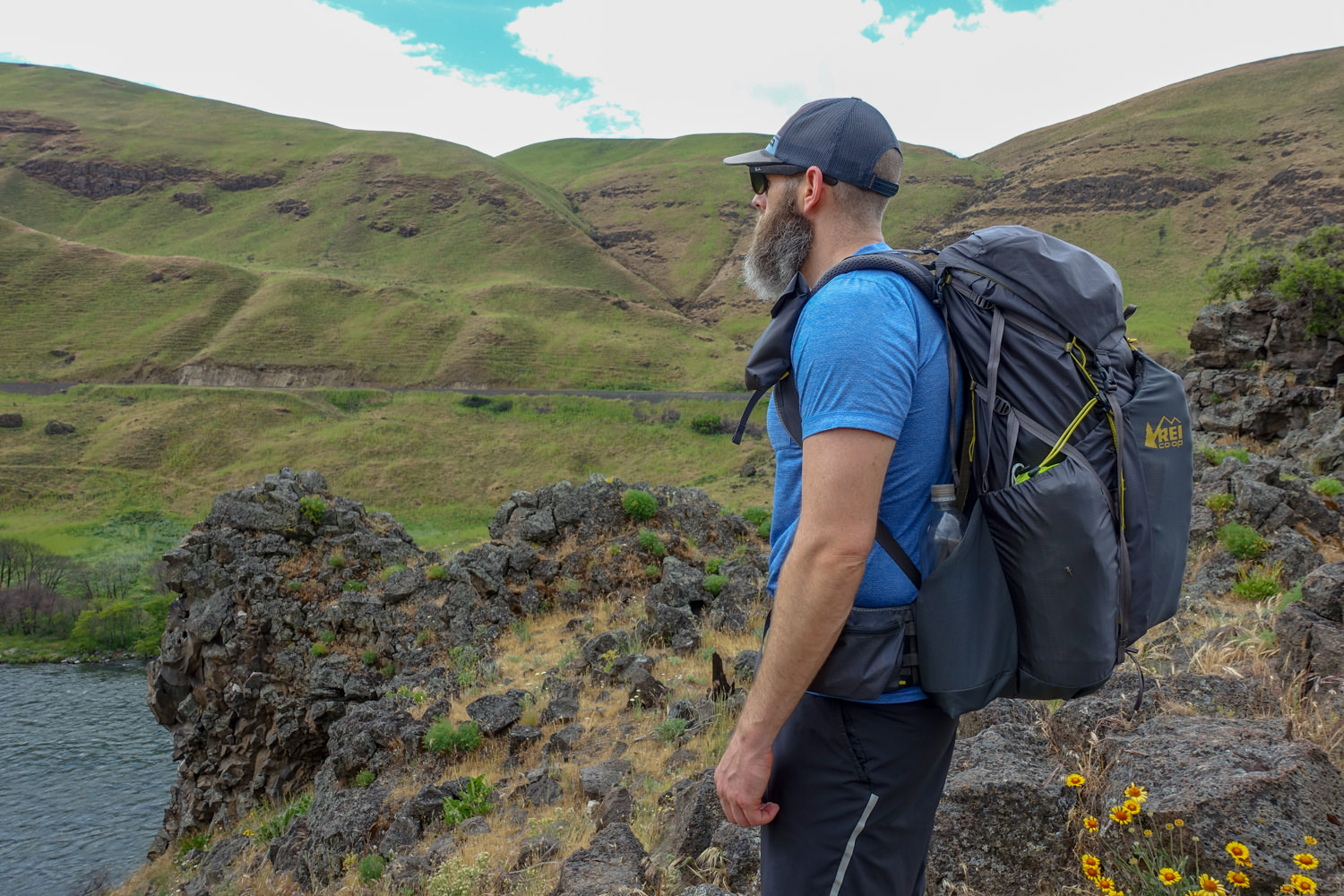
Pros
AFFORDABLE
The Flash 55 is more affordable than almost any other pack in its weight class, which makes it a great option for backpackers who are just starting out or who are looking to go lighter on a budget. We’re especially impressed with the small price tag when we consider the features it has that some of its biggest competitors lack, like hip belt pockets, a shoulder strap pocket, and a top lid.
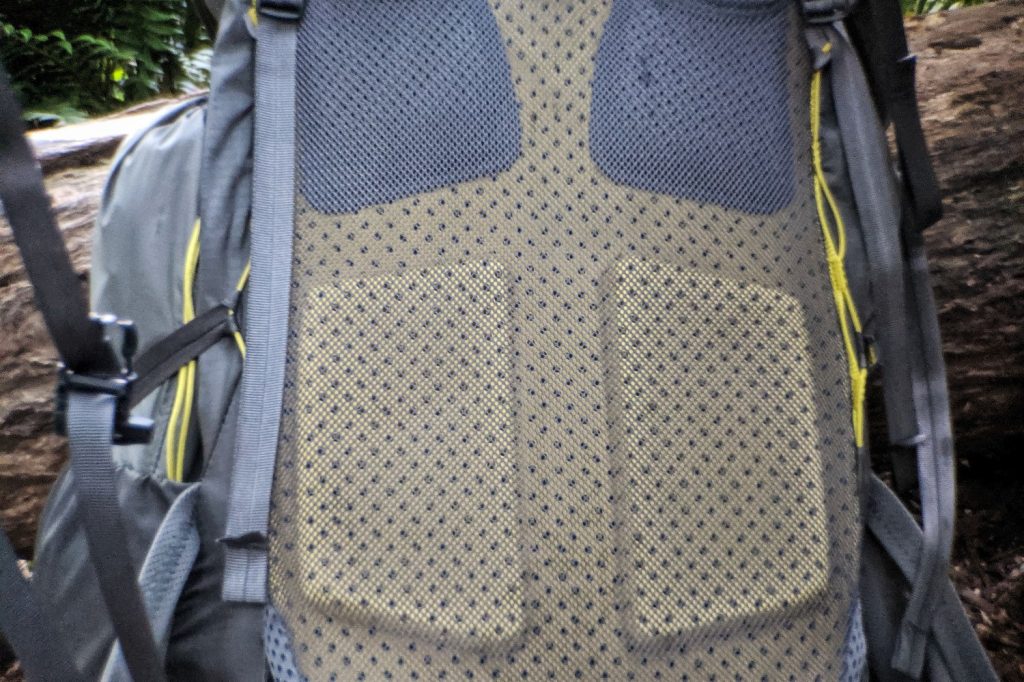
COMFORTABLE
We found this pack to be very comfortable on the trail thanks to its padded shoulder straps, cushy back panel with a ventilation channel, and supportive hip belt. The overall design transfers weight to the hips very well and makes for a comfortable all-day carry.
CUSTOMIZABLE
One of our favorite features of this pack is what REI refers to as Packmod – the straps and pockets can be reconfigured into a whole bunch of combinations. There’s a daisy chain of strong nylon cord along the front of the pack that allows you to move the compression straps into whatever configuration best suits the load you’re carrying. You can even set up the straps to cinch something larger, such as snowshoes, to the front of your bag.
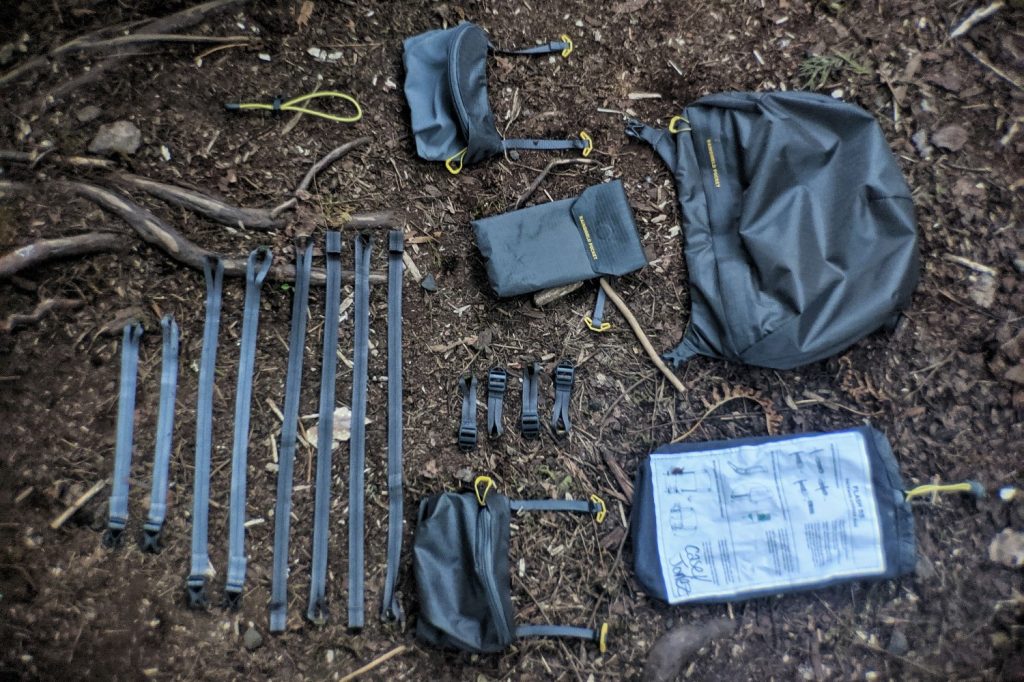
Many of the pockets are interchangeable and removable as well. Both hip belt pockets, the shoulder strap pocket, and the top lid can all be removed to save a total of 7 oz. for more minimalist trips. The roll-top closure on the main pocket allows you to expand or decrease the size of the pack, making it a great choice for both one-nighters and thru-hikes.

POCKETS
The Flash 55 has pockets in all the right places and really feels like more than 55 liters of capacity to us. We love that the large mesh front pocket features a reinforced bottom to increase durability and the mesh water bottle pockets are large and front facing for easy access. There are large side pockets on both sides – separate from the water bottle pockets – that are great for storing tent poles or a backpacking chair. We also really like the shoulder strap pocket; we used it for easy access to our phone for GPS out on the trail. We’re really happy that REI included hip belt pockets on both sides. The popular Osprey Exos 58 weighs the same as the Flash 55 and costs slightly more, but doesn’t include these convenient pockets.
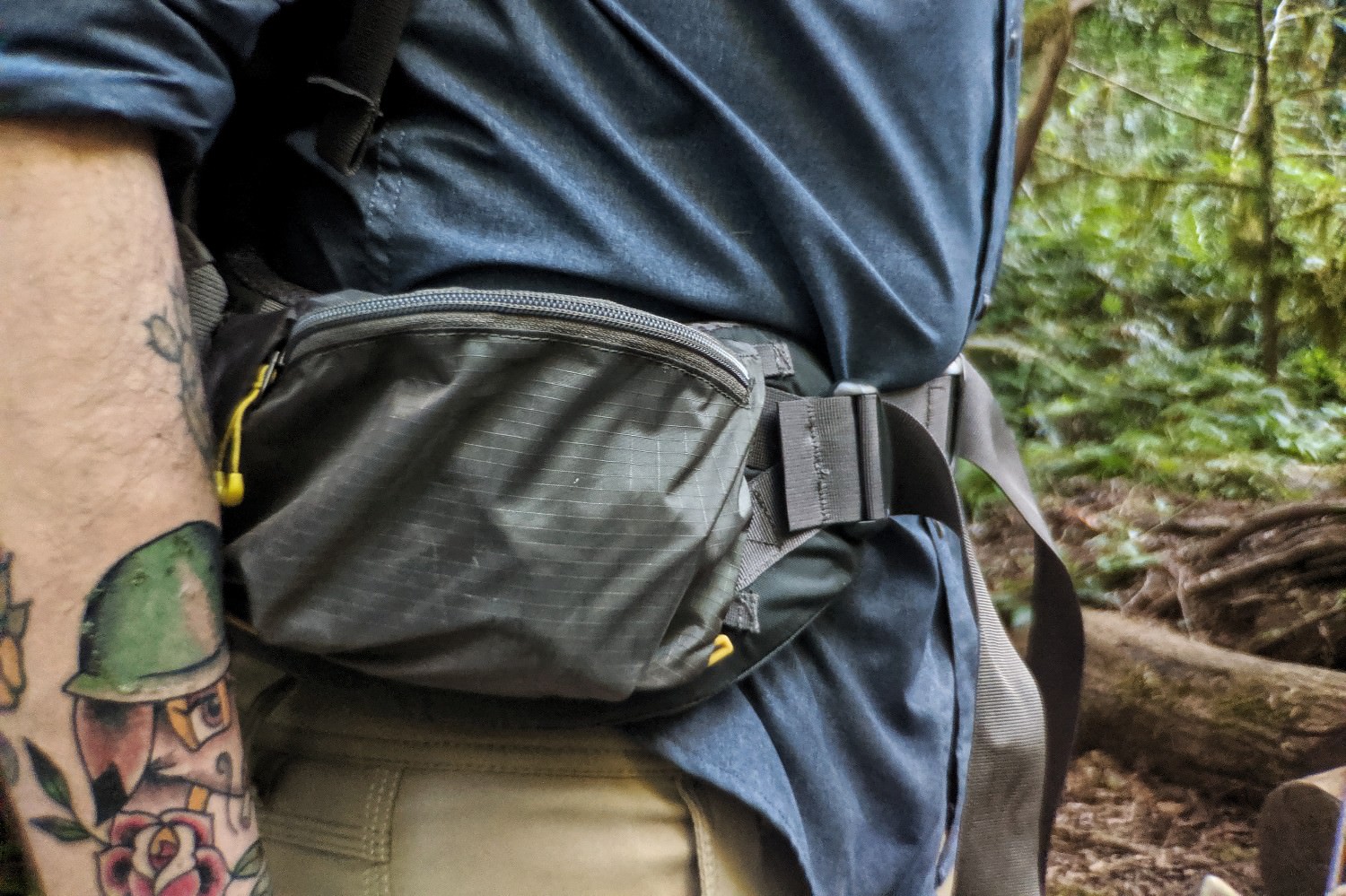
Cons
MESH HIP BELT POCKET
One of the hip belt pockets is solid nylon and one is mesh, but we wish they were both solid. The mesh feels like it won’t hold up well in the long run and lets sand and moisture get in when your pack is sitting on the ground, so we wouldn’t put valuables or electronics (like a phone or camera) in it.
WEATHER RESISTANCE LEAVES SOMETHING TO BE DESIRED
Two pockets on the Flash 55 have a “Rainshield” designation – the top lid and the shoulder strap pocket. We tested these out during a rainy day on the trail and our stuff got a little wet (despite the top lid having a seam-sealed zipper). Don’t get us wrong, the pockets definitely made a difference, but we won’t be throwing out our dry bags any time soon. Our other complaint is that the large side pockets don’t have drainage holes, so if snow or rain gets in, it stays and can seep into the bottom of the pack.
LARGE WATER BLADDER CLIP SNAGS GEAR WHEN PACKING UP
This may feel a bit like nitpicking, and maybe it is (we had a hard time finding things to dislike about this bag), but it did cause some frustration on more than one occasion. The large plastic clip that would hold a water bladder caught our stuff sacks as we packed and made us a little worried about rips in our gear. Not a big deal, and definitely not a dealbreaker, but we may cut it off as we tend not to use water bladders much.
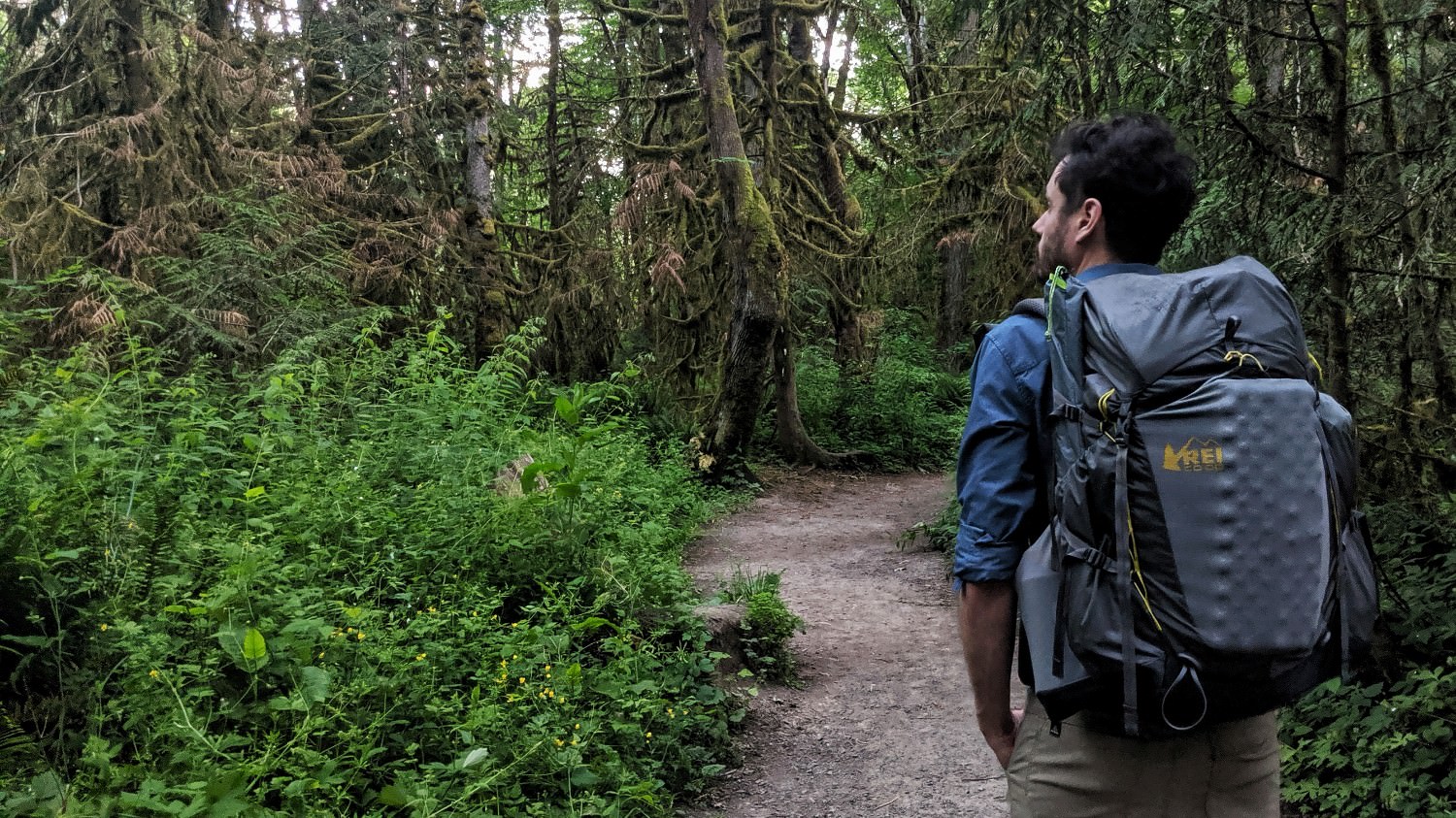
Bottom Line
Overall, we are very impressed with the REI Co-op Flash 55 Backpack and think it’s a great option for lightweight backpackers, thru-hikers, and backpackers on a budget. We love the comfort and customization this pack offers, and had fun rearranging all of its pockets and straps until it was perfect for us. We find the Flash 55 pretty hard to beat (you can find it on our list of the 10 Best Lightweight Backpacks) and had a difficult time finding things we didn’t like – which is rare, we’re very picky about our packs!


